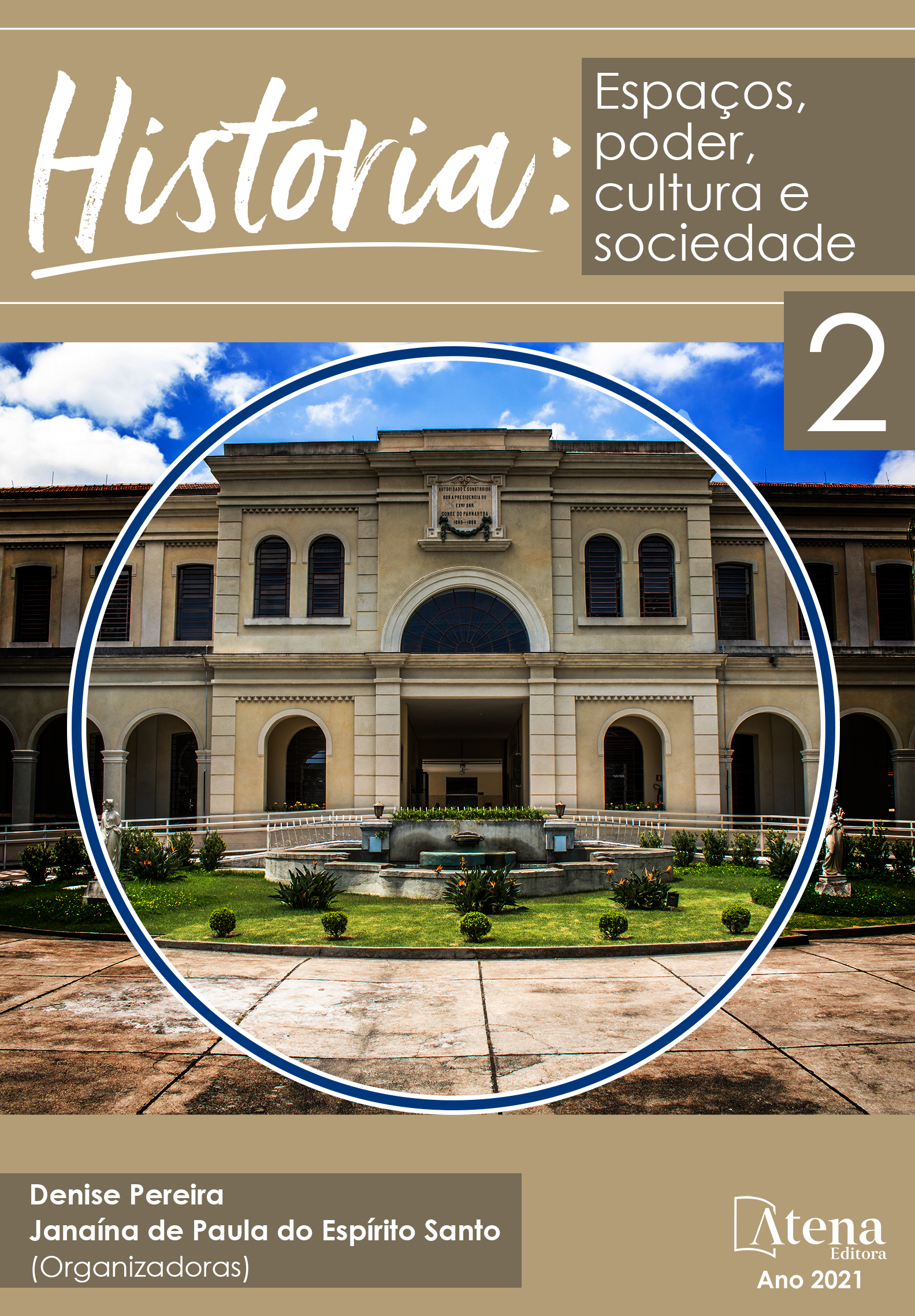
Entre a história e a geografia no Santuário de Aparecida: Notas para uma leitura do espaço urbano e do turismo religioso
O estudo tem como aspectos centrais na análise do espaço urbano e suas relações com o turismo religioso no contexto do Santuário de Aparecida, no Vale do Paraíba, Estado de São Paulo, parte de sua história e as motivações que transformaram sua geografia a partir de um conjunto de intervenções que acompanham, as hierópolis de modo geral, mas particularmente amparadas pelas relações de interesse urbano do capital. Assim, são destacadas as características usuais na organização espacial e na morfologia das cidades-santuário que reiteram os elementos do espaço e tempo sagrados no protagonismo de formas espaciais, entre outros agentes além dos visitantes, como são a Igreja e o Estado. O Município ocupa uma área de 121,076 km², sendo que 5,7 km² estão em perímetro urbano, e sua população está estimada em 36 157 habitantes. Segundo dados do Santuário, recebe anualmente nove milhões de visitantes, configurando-se como o maior centro de peregrinação católica da América Latina. As origens do município supõem uma fé constituída no encontro da imagem de Nossa Senhora da Conceição Aparecida no Rio Paraíba do Sul, em 1717.
Entre a história e a geografia no Santuário de Aparecida: Notas para uma leitura do espaço urbano e do turismo religioso
-
DOI: 10.22533/at.ed.2152118113
-
Palavras-chave: história, vilas e cidades, geografia religiosa, turismo, espaço urbano
-
Keywords: history, towns and cities, religious geography, tourism, urban space
-
Abstract:
The study has as central aspects in the analysis of urban space and its relations with religious tourism in the context of the Sanctuary of Aparecida, in Vale do Paraíba, State of São Paulo, part of its history and the motivations that transformed its geography from a set of interventions that accompany the hieropolis in general, but particularly supported by the urban interest relations of the capital. Thus, the usual characteristics in the spatial organization and morphology of the sanctuary cities are highlighted, which reiterate the elements of sacred space and time in the protagonism of spatial forms, among other agents besides visitors, such as the Church and the State. The Municipality occupies an area of 121,076 km², 5.7 km² of which are in urban perimeter, and its population is estimated at 36,157 inhabitants. According to data from the Sanctuary, it receives nine million visitors annually, making it the largest Catholic pilgrimage center in Latin America. The origins of the municipality suppose a faith constituted in the encounter of the image of Nossa Senhora da Conceição Aparecida in Rio Paraíba do Sul, in 1717. -
Número de páginas: 15
- Ana Maria Cardachevski


